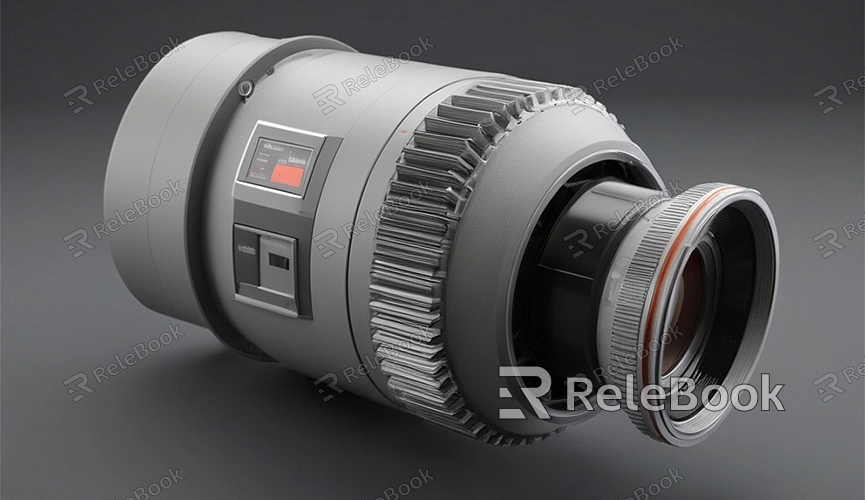How to import 3d models into blender
Blender, as a powerful 3D modeling software, assists users in creating various 3D models. However, sometimes you may need to import models from other sources into Blender for further editing or to combine them with other models. This article will introduce you to how to successfully import 3D models into Blender, making your workflow more convenient and efficient.
1. Prepare Your 3D Model Files
Firstly, ensure that you have prepared the 3D model files you want to import. These files can come from other 3D modeling software such as Maya, 3ds Max, SketchUp, or they can be downloaded from online resource libraries. Formats like OBJ, FBX, STL are commonly used. Make sure your model files are on your computer and easily accessible.

2. Open Blender Software
After preparing the model files, open your Blender software. In the Blender interface, you will see the default cube model, which is Blender's starting scene. To import external models, you need to clear the current scene to make room for the imported models.
3. Clear the Current Scene
Clearing the current scene in Blender is straightforward. You can select all objects by pressing the "A" key on the keyboard, then press the Delete key to remove them, or simply right-click the mouse to select and delete. After clearing the scene, you will have a blank workspace ready to import new models.
4. Import External Model Files
Now, you can start importing your external model files. In the top menu bar of Blender, select "File" > "Import," then choose the file format of your model, such as OBJ, FBX, STL, etc. Navigate to your model file in the file browser and click the "Import" button to import the model.
5. Adjust Import Settings (Optional)
While importing the model, you may need to adjust some import settings to ensure the model imports correctly into Blender. These settings may include coordinate systems, units, material, and texture import options. Adjust these settings appropriately based on the source and characteristics of the model file for the best import results.
6. Confirm the Import Result
After importing the model, you will see it appear in the Blender workspace. You can zoom in/out using the mouse scroll wheel or move the model by pressing the "G" key on the keyboard to inspect various parts and details of the model. Confirm that the model has been successfully imported and is positioned as desired.
7. Perform Further Editing and Operations
Once the model is successfully imported into Blender, you can proceed with further editing and operations. Use Blender's various modeling tools and editing features to adjust the shape, material, texture, etc., to meet your creative needs. Additionally, you can combine models, arrange scenes, creating more complex and rich works.
8. Export Edited Models (Optional)
After completing edits and operations on the model, you can choose to export the edited model for saving. In Blender, select "File" > "Export," then choose the file format you want to export, such as OBJ, FBX, etc. Adjust export settings as needed and save the model to your computer.
With these steps, you can easily import external 3D models into Blender and perform further editing and operations. Blender provides rich import functions and flexible editing tools, allowing you to freely handle various model files of different formats and sources. If you need many high-quality 3D textures and HDRI or downloadable 3D models while creating models and virtual scenes, you can download them from Relebook and directly import textures and 3D models into your project.

